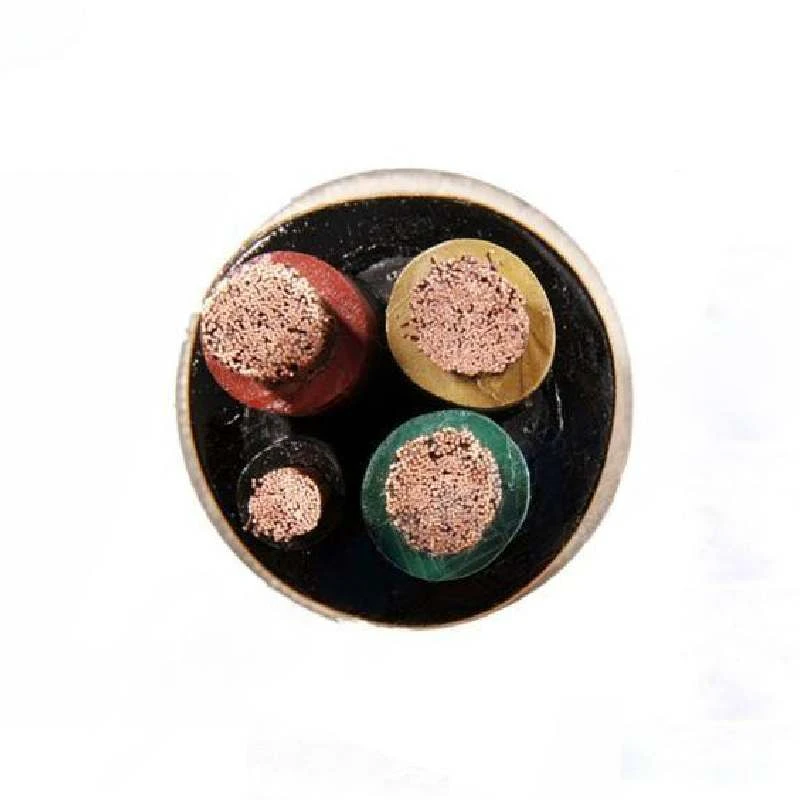10 月 . 31, 2024 06:38 Back to list
ball check valve
Understanding Ball Check Valves Function, Design, and Applications
Ball check valves are a crucial component in many fluid control systems, offering a reliable solution for preventing backflow in pipelines. These valves feature a spherical ball that moves within a housing to permit flow in one direction while blocking it in the opposite direction. Their design, functionality, and diverse applications make them an essential tool in various industries.
How Ball Check Valves Work
The working principle of a ball check valve is simple yet effective. When fluid flows in the intended direction, the pressure forces the ball away from its seat, allowing the fluid to pass through. Once the flow is reversed or ceases, the ball is pushed back by gravity or the weight of the fluid, sealing off the flow path. This mechanism ensures that the fluid does not return to the source, maintaining system integrity and preventing potential damage to equipment.
Design Characteristics
Ball check valves are typically made from a range of materials, including stainless steel, brass, and PVC, rendering them durable and suitable for different environments. Their design varies, but most share common features a spherical ball, a valve seat, and an inlet and outlet for flow. The advantages of this design include low pressure drop, lightweight construction, and uncomplicated maintenance. The simplicity of their design means that they can easily be integrated into existing systems.
Applications of Ball Check Valves
ball check valve

The applications of ball check valves are vast and diverse
. In the plumbing industry, they are commonly used in residential and commercial systems to prevent backflow in water supply lines. In industrial applications, they are integral to systems handling corrosive fluids or slurries, ensuring that contaminants do not return to the source. Additionally, these valves are often used in wastewater treatment plants, irrigation systems, and food processing facilities.In the oil and gas sector, where the accuracy of flow direction is critical, ball check valves play a vital role in maintaining the safety and efficiency of operations. They are also employed in chemical processing, where preventing cross-contamination is paramount.
Advantages Over Other Check Valves
One of the key advantages of ball check valves over other types of check valves, such as swing or diaphragm check valves, is their ability to perform well in high-velocity applications and under varying pressure conditions. Their compact design allows for installation in tight spaces, and their low maintenance requirements make them a cost-effective choice for many applications.
Conclusion
In conclusion, ball check valves are essential components for controlling fluid flow and preventing backflow across a wide array of industries. Their simple mechanism, coupled with reliable performance, makes them an invaluable asset in ensuring the efficiency and safety of fluid systems. As industries continue to advance, the role of ball check valves will remain significant, adapting to meet the evolving needs of various applications. Whether in plumbing, industrial operations, or chemical processing, their impact is undeniable, highlighting the importance of this often-overlooked valve in modern engineering.
Share
-
Understanding the Differences Between Wafer Type Butterfly Valve and Lugged Butterfly ValveNewsOct.25,2024
-
The Efficiency of Wafer Type Butterfly Valve and Lugged Butterfly ValveNewsOct.25,2024
-
The Ultimate Guide to Industrial Swing Check Valve: Performance, Installation, and MaintenanceNewsOct.25,2024
-
Superior Performance with Industrial Swing Check Valve: The Essential Valve for Any SystemNewsOct.25,2024
-
Industrial Swing Check Valve: The Ideal Solution for Flow ControlNewsOct.25,2024
-
You Need to Know About Industrial Swing Check Valve: Functionality, Scope, and PerformanceNewsOct.25,2024